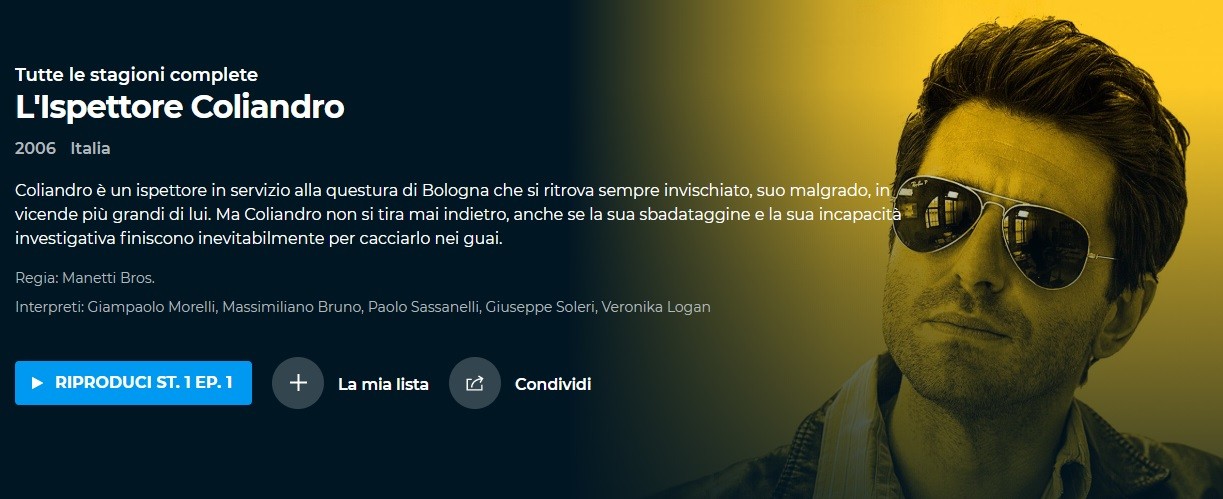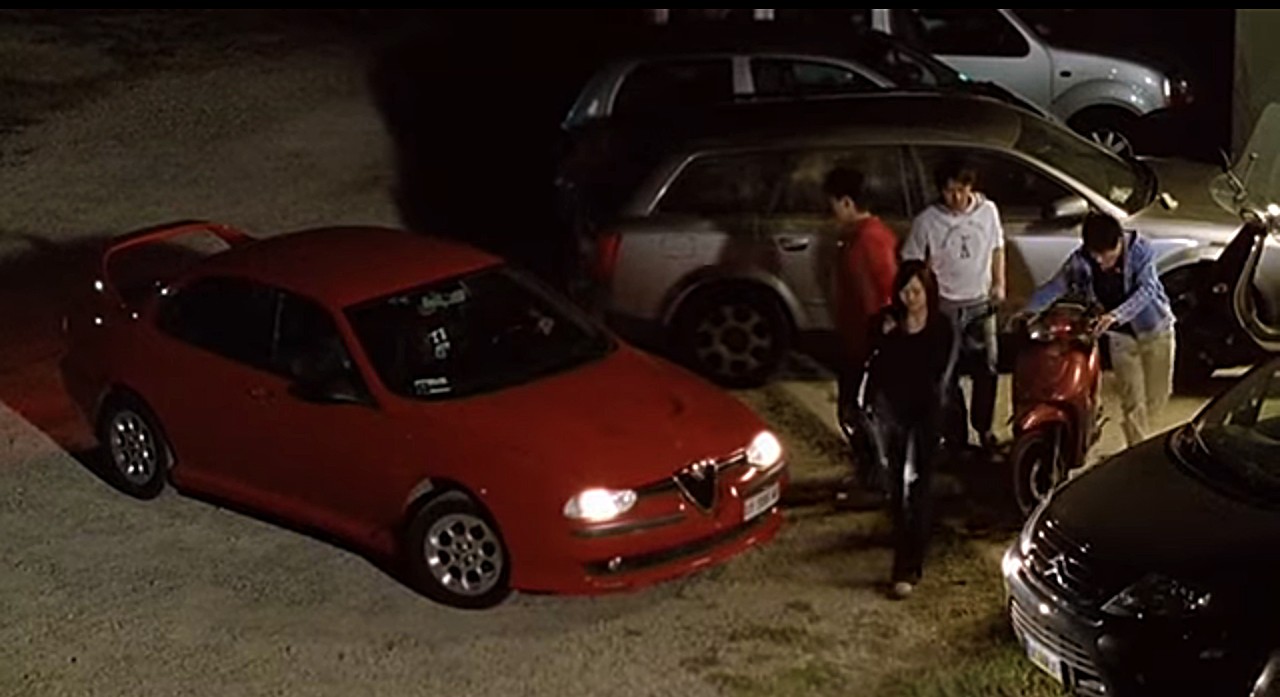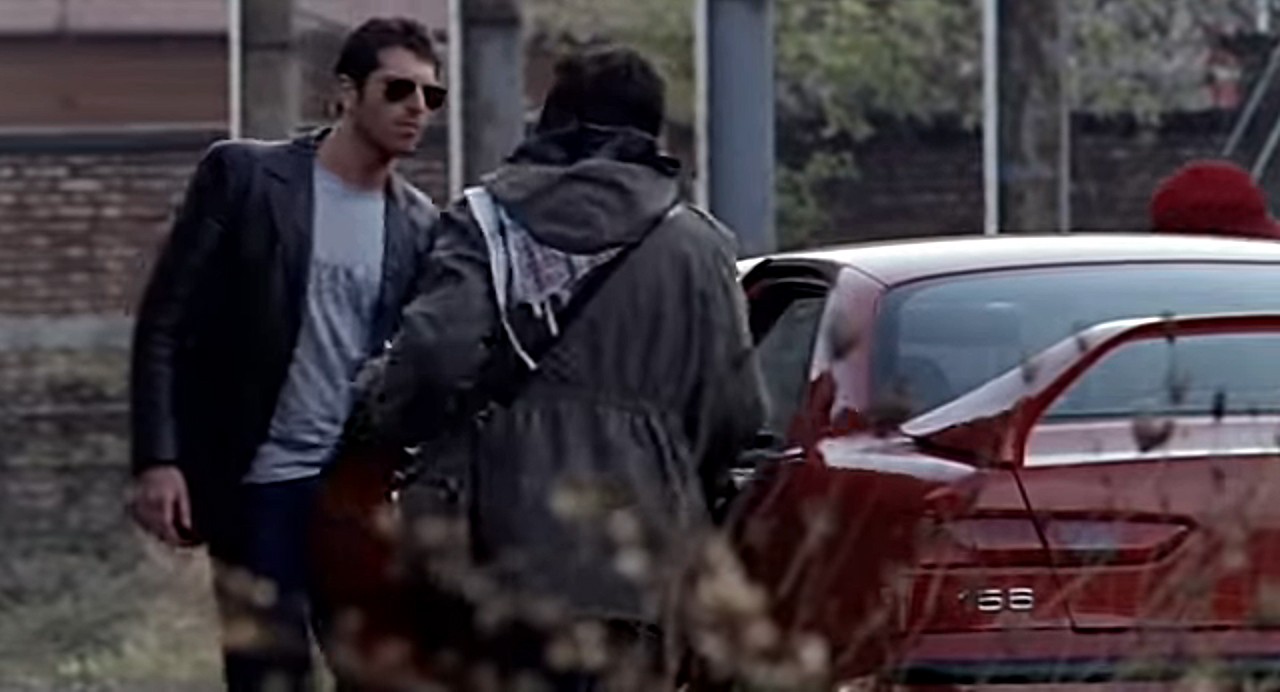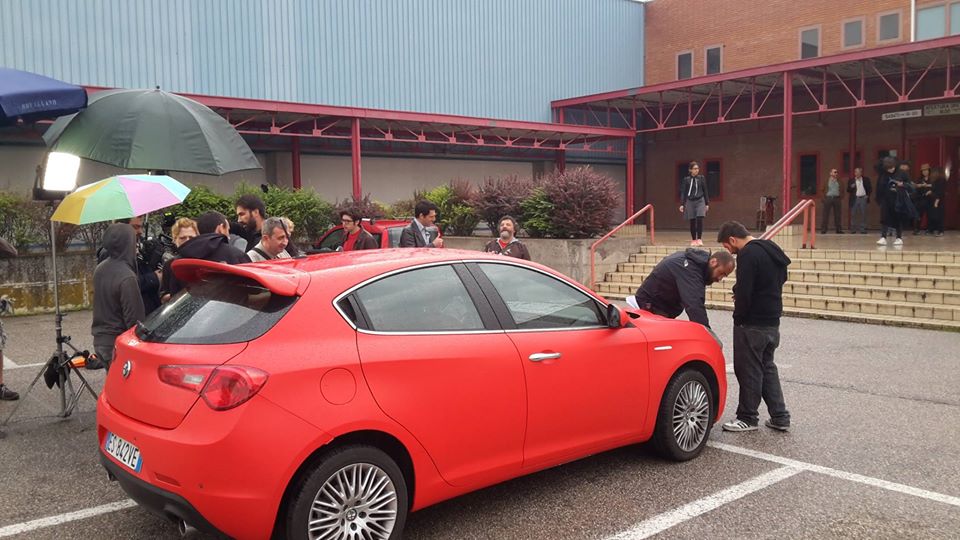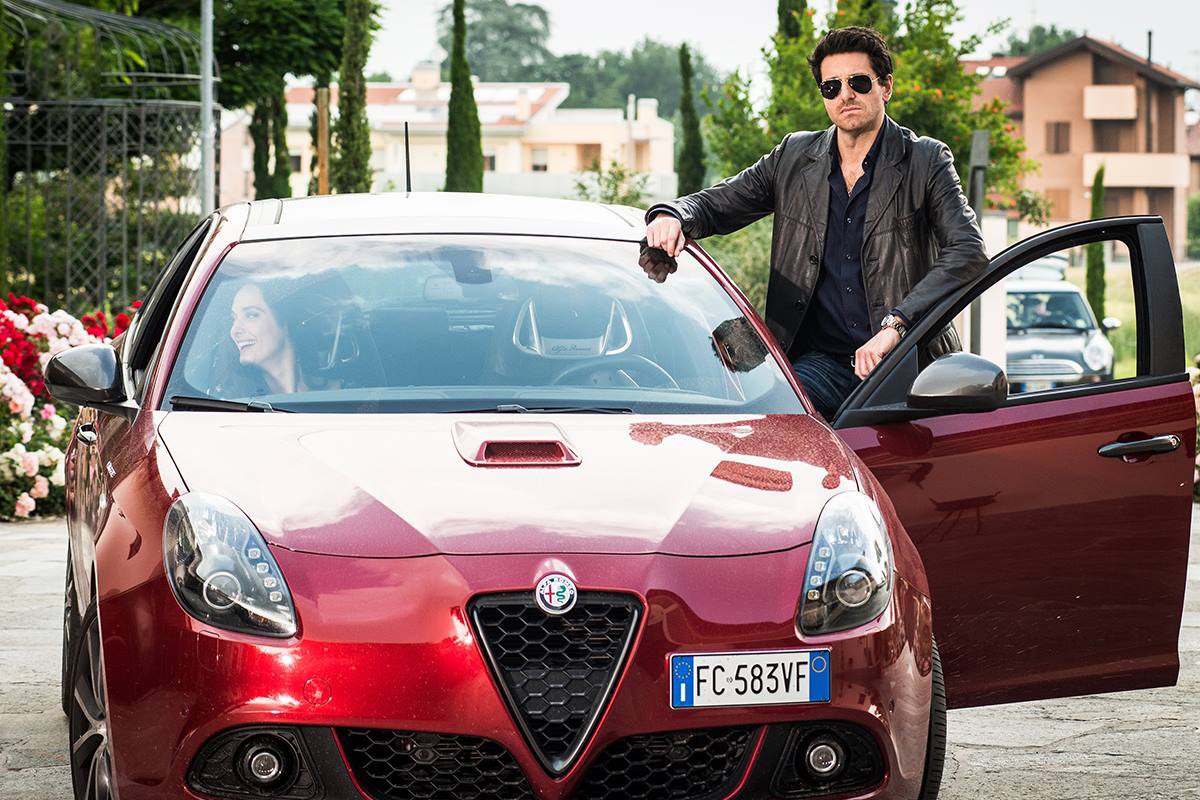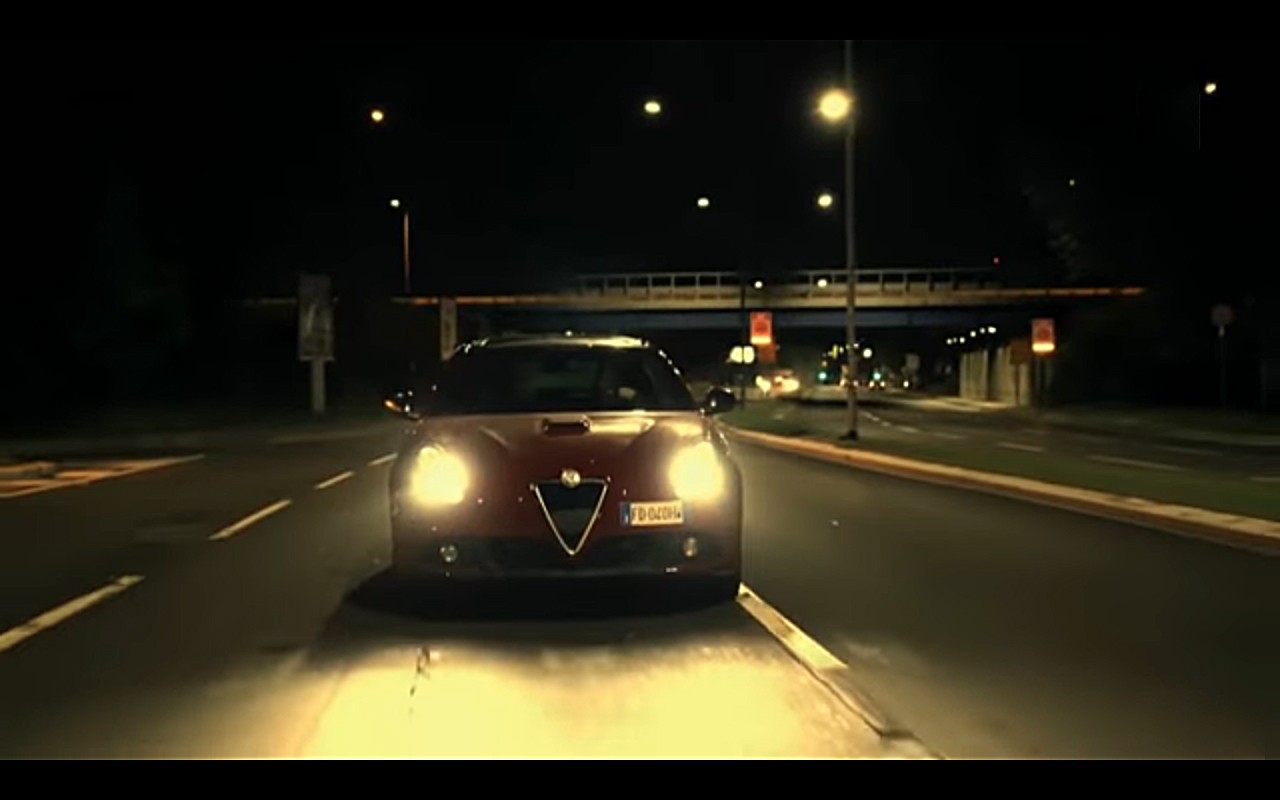Only red Alfa Romeo for Inspector Coliandro: The clumsy arm of the law". Together with the famous inspector we move from the big to the small screen, as always accompanied by friends of Cinemalfa and Museo Fisogni.
Bucking the trend, we're staying in tonight. We like to be a bit of a contrarian and so, while everyone is thinking about how to go out, we are dedicating ourselves to a home cinema session. The friends of Cinemalfa today propose a cult series, broadcast by Rai between 2006 and 2018: the protagonists are Alfa cars, strictly red, driven by the inspector born from the pen of Carlo Lucarelli. The Fisogni Museum proposes us the Hamletic doubt: to be or not to be "electric"?
p.s. Click on the image to access Ray Play
#TheCultureDoesn'tStop #DistantButUniti
#CultureCare #InsiemePerTheClassical
CINEMALFA PRESENTS: "Inspector Coliander (2006-2018)
Genre: TV series, action, noir - Director: Manetti Bros - Idea: Carlo Lucarelli
Cast: Giampaolo Morelli, Enrico Silvestrin, Veronika Logan, Giuseppe Soleri, Paolo Sassanelli, Alessandro Rossi, Massimiliano Bruno.
"Coliandro: the clumsy arm of the law". A TV series born from the character of Carlo Lucarelli and present in some of his books since the early 90s. Shot in a beautiful and mysterious Bologna, each episode is a TV movie in itself in which this policeman manages to get into very dangerous situations, managing by pure chance to complete the investigation and making the culprits arrested.
To help him a female presence that changes every time and with which Coliandro punctually falls in love, but he is always disappointed. Seen badly by his superiors for lack of professionalism, he is inspired by models such as Inspector Callaghan (of which he often quotes lines) but without having the flair becoming, therefore, very often funny.
Accompanying our "hero" in his investigations are always and only red Alfa Romeos.
In the first episodes we have a 145, then a 156 and then two Giuliettas that stand out for the presence of "picturesque" accessories such as spoilers, fake air intakes, steering wheel covers and LED lights.
A character who manages to represent the imperfections of the human being, an anti-hero different from the perfection of the classic TV cop. In short, one of us. Maybe for this reason Coliandro gave birth to a huge fan club that gave a hard time to the Rai management when they decided to suspend the production of the series.
The director used very few stuntmen during the filming and the music by Pivio and Aldo De Scalzi is very reminiscent of 70's cop shows, starting with the theme song, which is openly inspired by a song by Bobby Womack from 1972.
Curiosity: the leather jacket Coliandro wears is second-hand and unique. In fact, in many of the action scenes it has been replaced or sewn up (rather than pierced) or fake gun holes have been applied. Today it is kept together with his inseparable Ray-Ban teardrop.
Many artists have participated in the filming in more or less brief roles: Luca Carboni, Neffa, Iva Zanicchi, Gigi Sammarchi, Francesco Pannofino, Claudia Gerini, Gue Pequeno, etc..
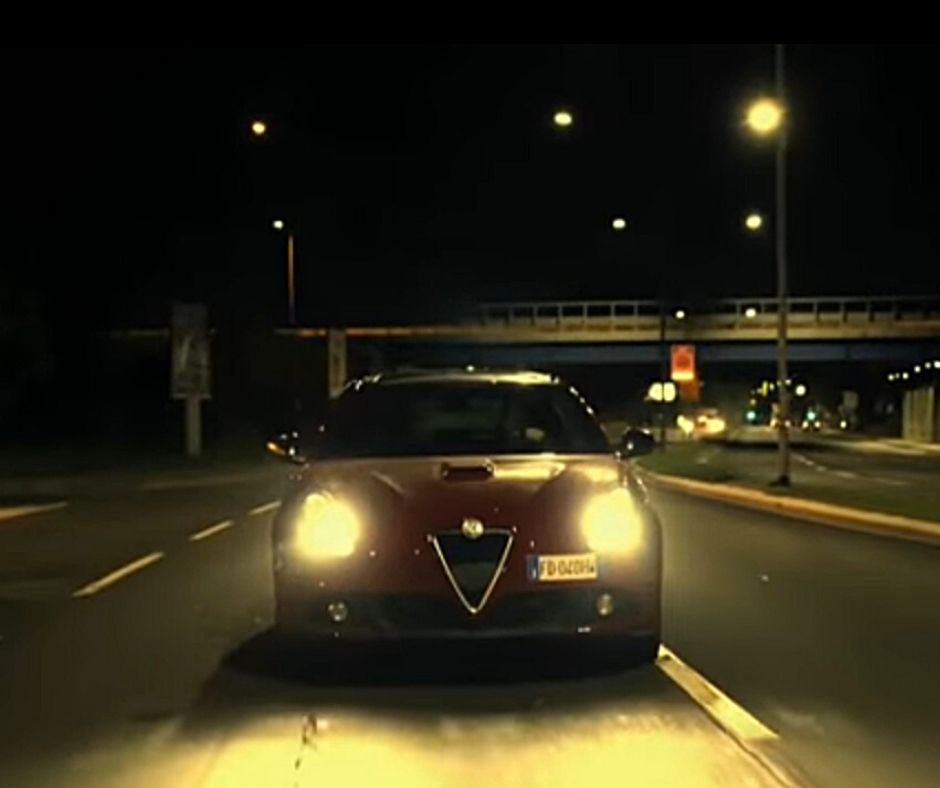
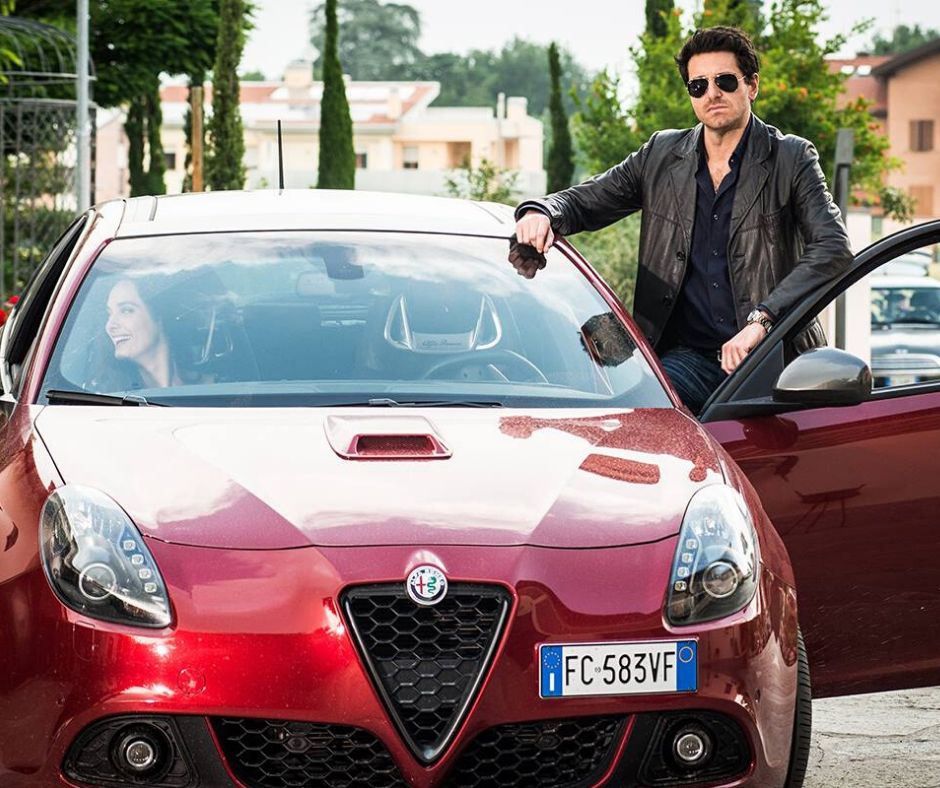
AT THE TRIENNIAL WITH THE FISOGNI MUSEUM
One of the most car-centric episodes is "Tassista Notturno" (Night Taxi Driver), in which our Coliandro works as an undercover taxi driver. His car, this time, is a Toyota Prius, perhaps the first mass-produced model of the hybrid-electric era.
If today having a hybrid or electric car is the norm for a taxi driver, until a few years ago it was still a rarity. Electric cars are actually not a recent invention. Since the early 1900s there have been many alternatives to gasoline, with electric and even steam-powered cars, and even in the 1940s people were looking for other fuel systems, focusing this time more on substitute fuels (such as AGIP's "Robur", a mix of gasoline and beet alcohol sold under fascism) or on gasogen (in practice, cars running on wood or coal).
The electric was initially discarded as it was considered less efficient than the internal combustion engine. If performance was limited, however, it must also be said that already at the beginning of the 1900s, as reported in a practical manual of 1905 kept in the archives of the Fisogni Museum, some electric cars could reach 120/150 km of autonomy (with speeds, obviously, very low, but it was a time when the world speed record was 168 km/h).
Even the choice of electric taxis was not an invention of the 21st century: in November 1975, the Soviet Union experimentally introduced "twelve electric public cars" in Moscow, a system "already tested in other countries". And if it's true that the first Alfa-branded electric SUV will arrive in 2022, who knows, maybe we won't see the Biscione brand in our taxis any time soon...

